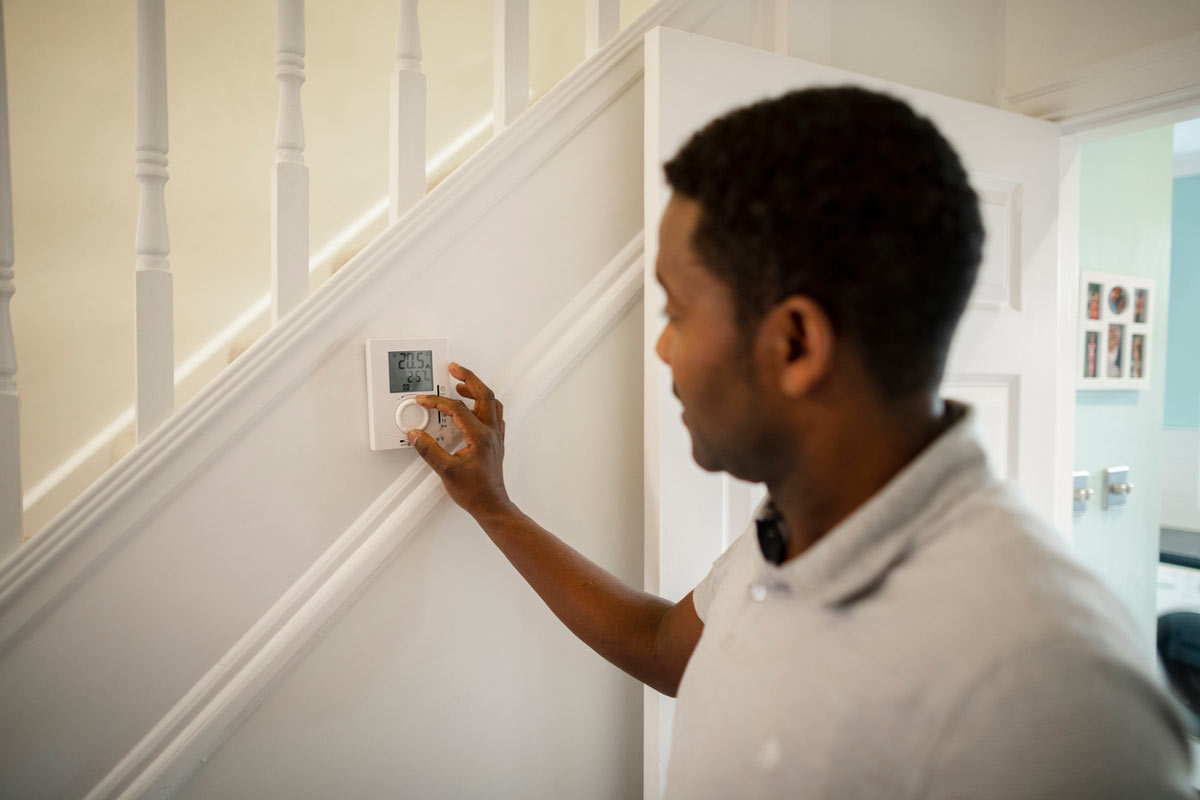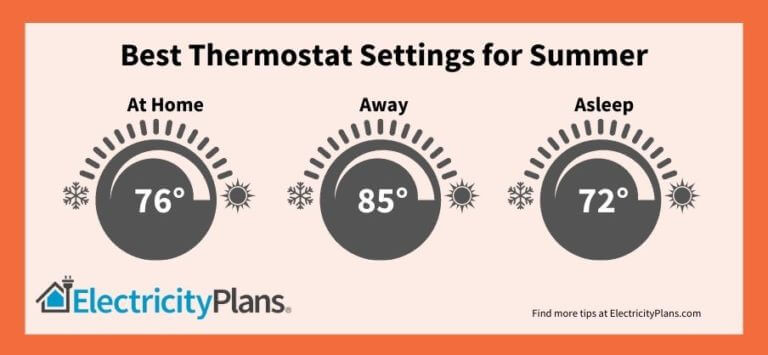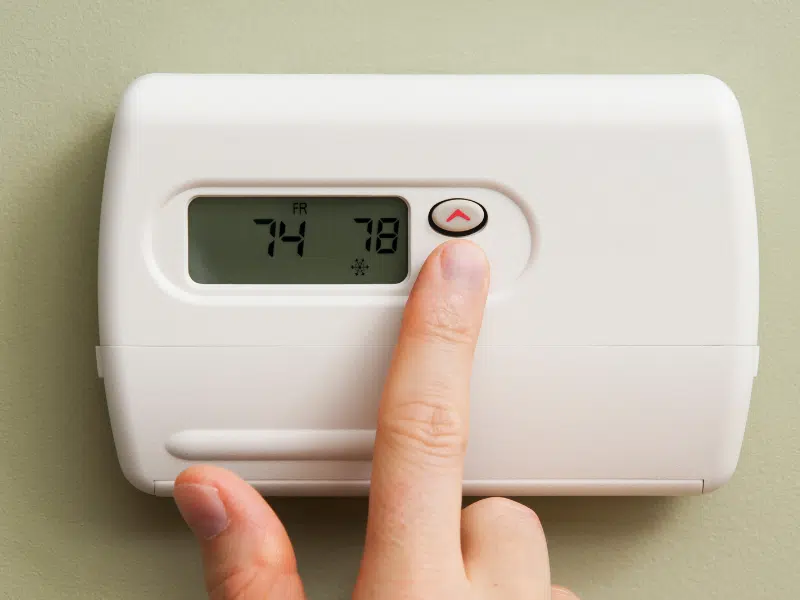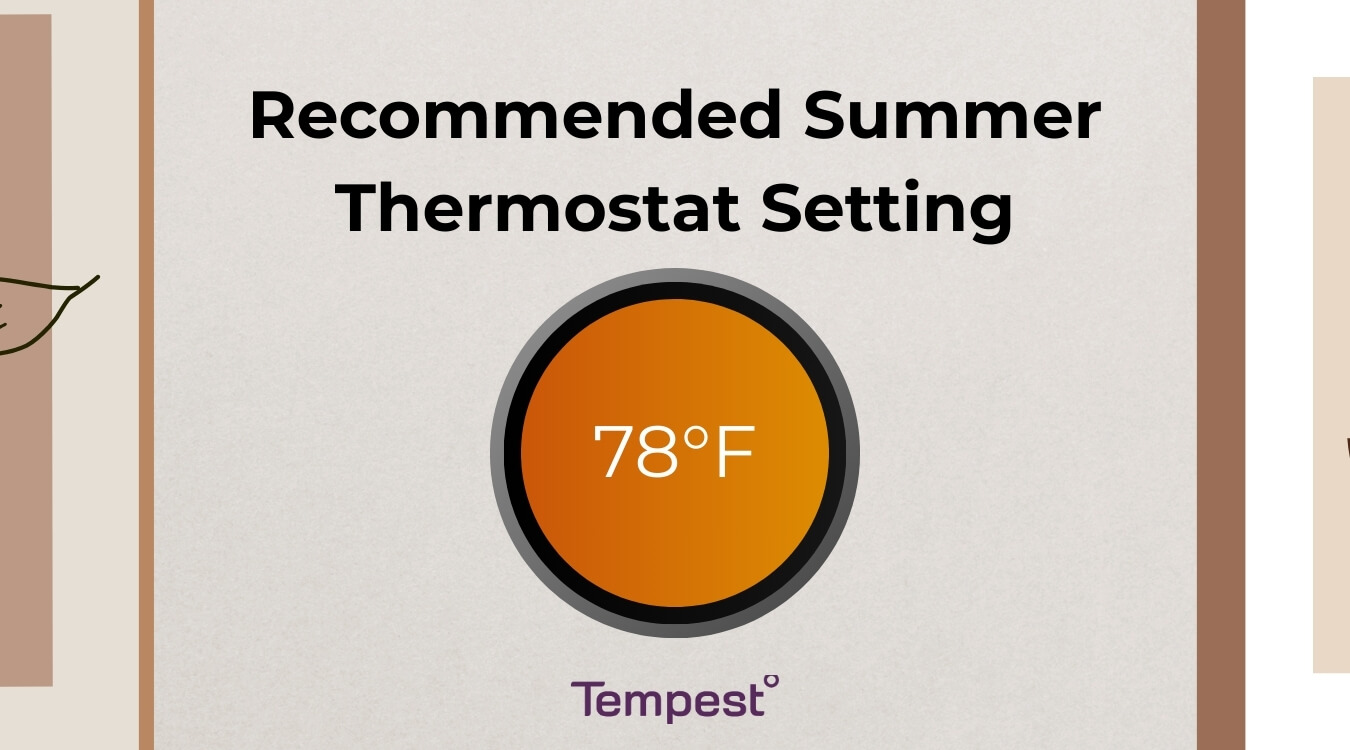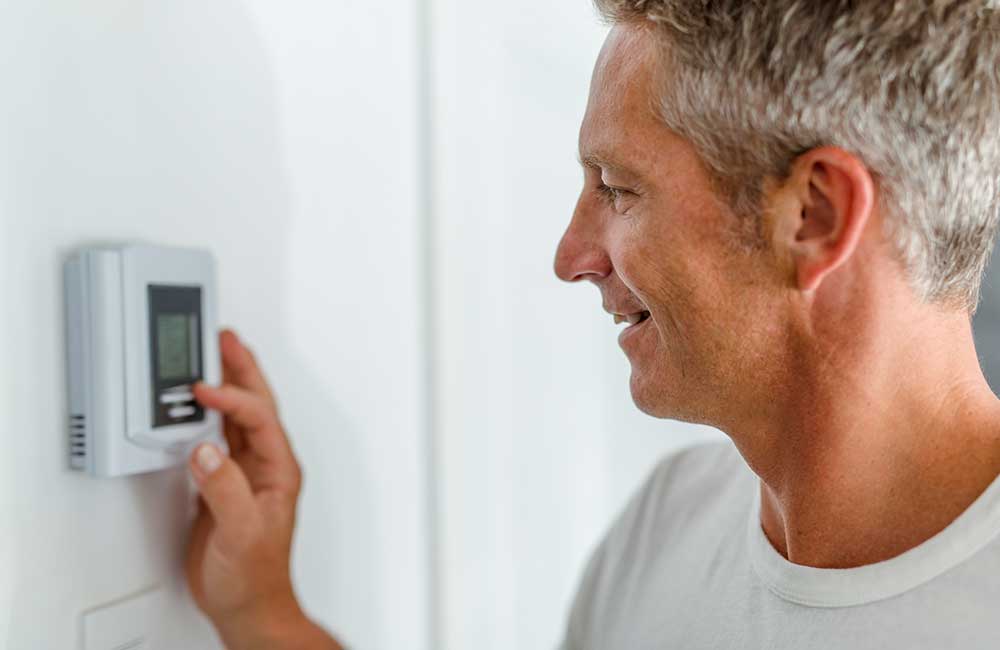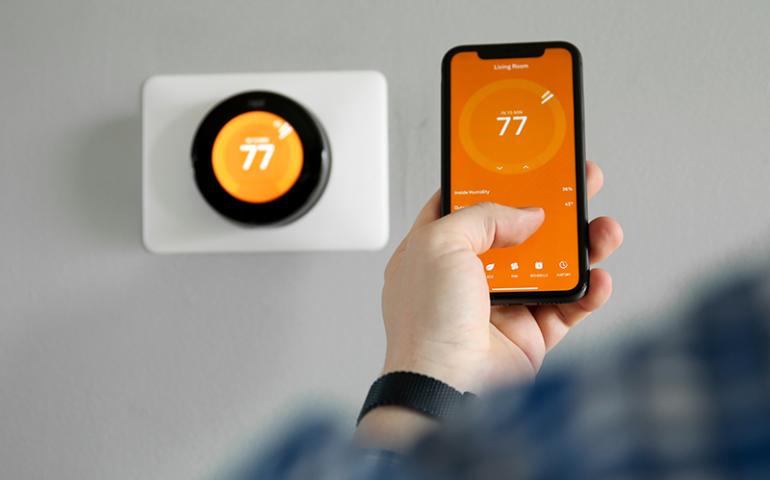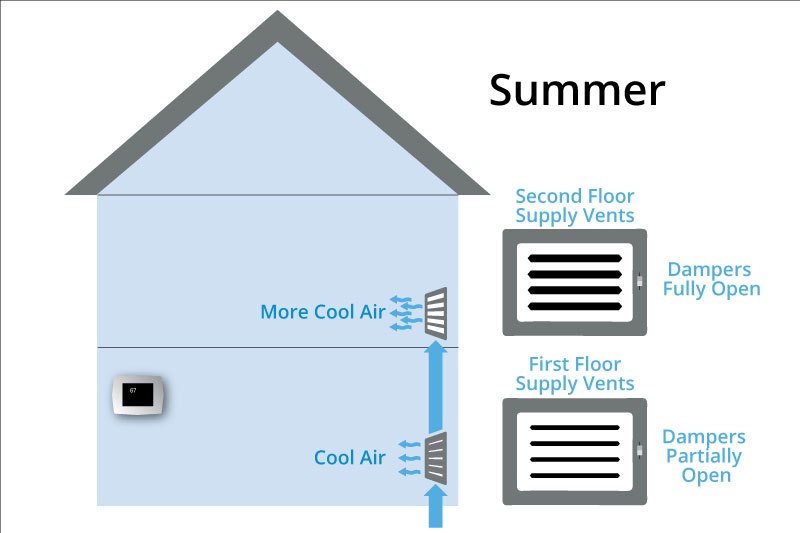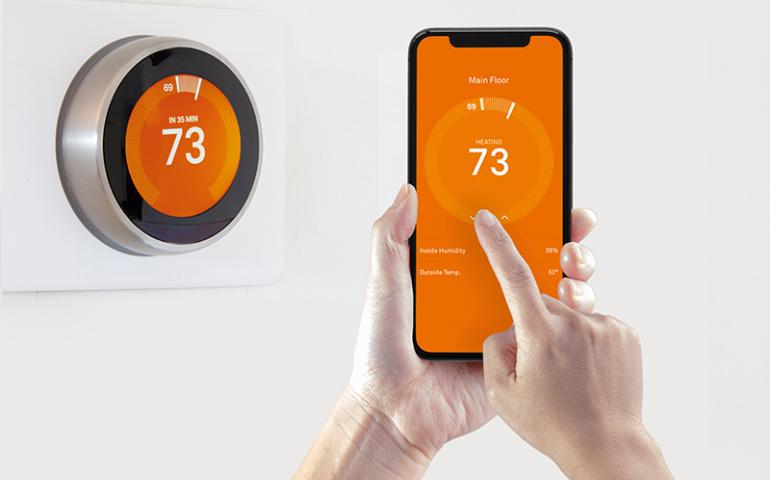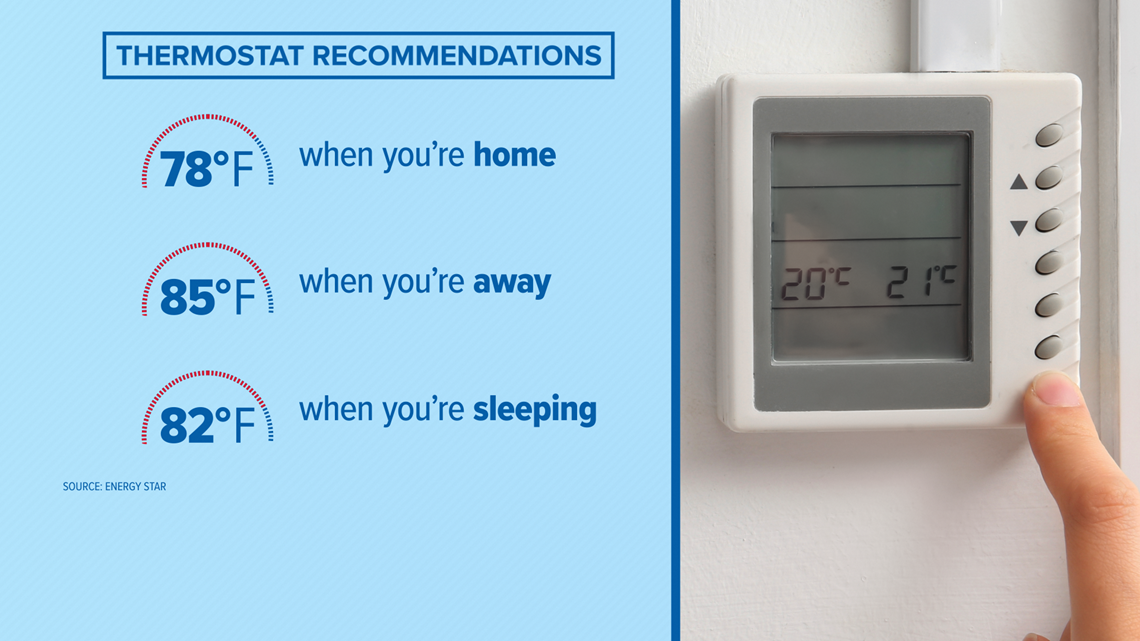Summer Thermostat Setting For 2 Story House
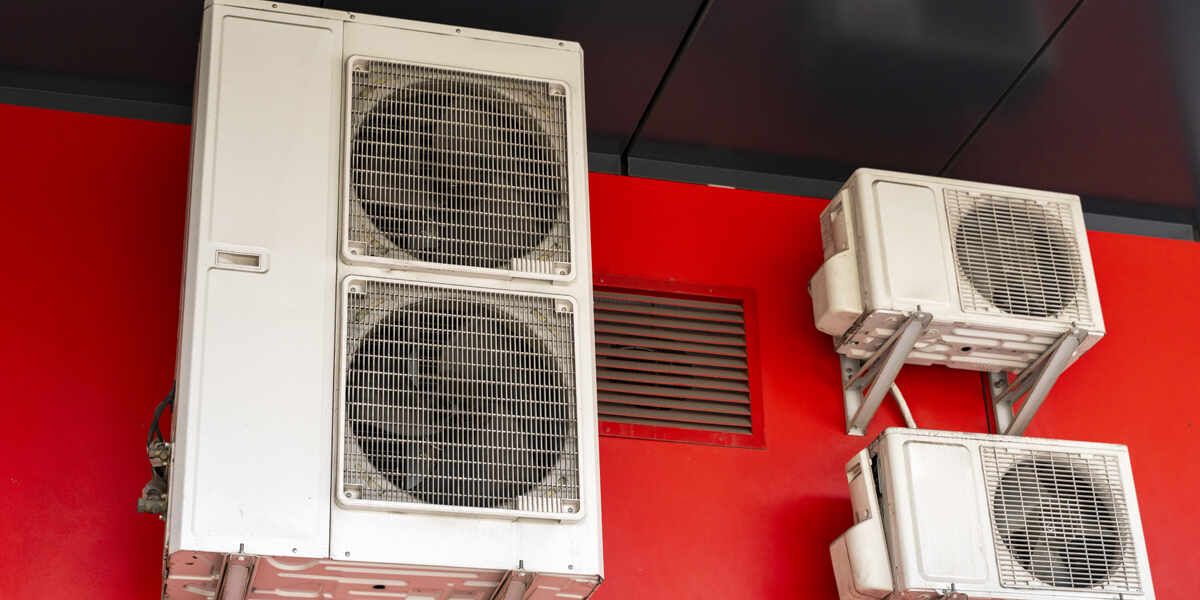
The battle over the thermostat rages on every summer, amplified in two-story homes where temperature discrepancies between floors can feel like entering different climates. The question isn't simply about comfort; it's about energy efficiency, cost savings, and even potential health impacts. Finding the "perfect" thermostat setting for a two-story house is a complex equation with no universally agreed-upon answer.
This article delves into the intricacies of summer thermostat settings for two-story homes, exploring factors influencing temperature distribution, expert recommendations, and strategies for achieving optimal comfort and energy conservation. We'll examine the science behind heat dynamics, the impact of insulation and ventilation, and practical tips for leveraging technology to manage temperature variations effectively.
Understanding the Thermal Dynamics
The fundamental principle governing temperature differences in multi-story homes is simple: heat rises. This natural convection means warmer air accumulates on the upper floors, while cooler air settles below. This effect is particularly pronounced in summer, as hot air from outside infiltrates the home and exacerbates the upward movement of warm air.
According to the U.S. Department of Energy (DOE), proper insulation is crucial to minimizing heat gain in the summer. Poorly insulated attics and walls allow heat to penetrate the home, compounding the temperature disparity between floors. This means the thermostat struggles to maintain a consistent temperature throughout the house, leading to wasted energy and discomfort.
The Role of Insulation and Ventilation
Adequate insulation acts as a barrier, preventing heat from entering the home in summer and escaping in winter. The DOE recommends specific R-values (a measure of thermal resistance) for different areas of the house, including attics, walls, and floors. Proper ventilation, particularly in the attic, is equally important.
Ventilation allows hot air to escape, reducing the overall temperature and lessening the strain on the air conditioning system. Without adequate ventilation, trapped heat can significantly increase the temperature of the upper floor. This forces the AC to work harder, leading to higher energy bills and potential equipment failure.
Expert Recommendations and Best Practices
Energy efficiency experts often suggest a summer thermostat setting of 78°F (26°C) when the home is occupied. This temperature strikes a balance between comfort and energy savings. However, this recommendation needs to be contextualized for two-story homes, where temperature variations are more pronounced.
Many experts suggest adjusting the thermostat based on occupancy. The ENERGY STAR program recommends setting the thermostat higher when no one is home. For example, raising the temperature to 82-85°F (28-29°C) during the day while everyone is at work or school can significantly reduce energy consumption.
"The key is to find a balance that keeps you comfortable while minimizing energy waste. Experiment with different settings and monitor your energy bills to find what works best for your home," explains Dr. Emily Carter, an energy efficiency consultant.
Strategies for Managing Temperature Differentials
Several strategies can help mitigate temperature differences between floors. Using ceiling fans to circulate air is a simple and effective method. Ceiling fans push warm air down, creating a more even temperature distribution throughout the room.
Programmable or smart thermostats offer advanced control over temperature settings. These devices allow you to schedule different temperatures for different times of the day, optimizing comfort and energy savings. Some smart thermostats can even learn your preferences and automatically adjust the temperature based on your habits.
Zoning systems provide even more precise control. These systems divide the house into different zones, each with its own thermostat. This allows you to set different temperatures for the upper and lower floors, ensuring optimal comfort in each area. However, zoning systems are more expensive to install and may require professional installation.
The Human Factor: Comfort and Health
While energy efficiency is important, comfort and health should also be considered when setting the thermostat. Extreme temperature variations can lead to discomfort, sleep disturbances, and even health problems. Maintaining a consistent and comfortable temperature is crucial for overall well-being.
The optimal temperature range for sleeping is generally between 60 and 67°F (16-19°C). If the upper floor is significantly warmer than this, it can disrupt sleep. Consider using a window air conditioner or portable fan in the bedroom to create a cooler sleeping environment.
Elderly individuals and those with certain medical conditions may be more sensitive to temperature changes. It's essential to consider their needs when setting the thermostat. Consult with a healthcare professional if you have concerns about the impact of temperature on your health.
Looking Ahead: The Future of Home Climate Control
Advancements in technology are continually transforming the landscape of home climate control. Smart home devices, including smart thermostats and sensors, are becoming increasingly sophisticated. These devices can monitor temperature, humidity, and occupancy patterns, allowing for more precise and automated temperature control.
Artificial intelligence (AI) is also playing a growing role. AI-powered thermostats can learn your preferences and optimize temperature settings based on a variety of factors, including weather conditions, energy prices, and your daily routine. This technology promises to further enhance energy efficiency and improve comfort in two-story homes.
Ultimately, finding the perfect summer thermostat setting for a two-story house requires a personalized approach. Consider the factors discussed in this article, experiment with different settings, and leverage technology to optimize comfort and energy savings. By understanding the science behind heat dynamics and embracing innovative solutions, you can create a comfortable and energy-efficient home environment all summer long.

